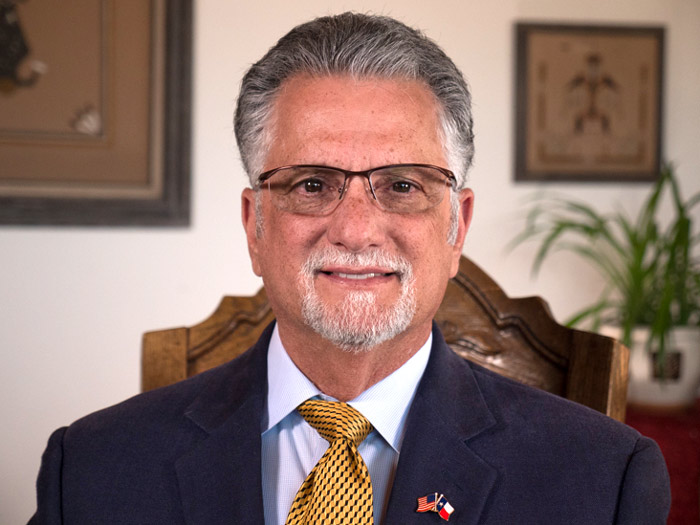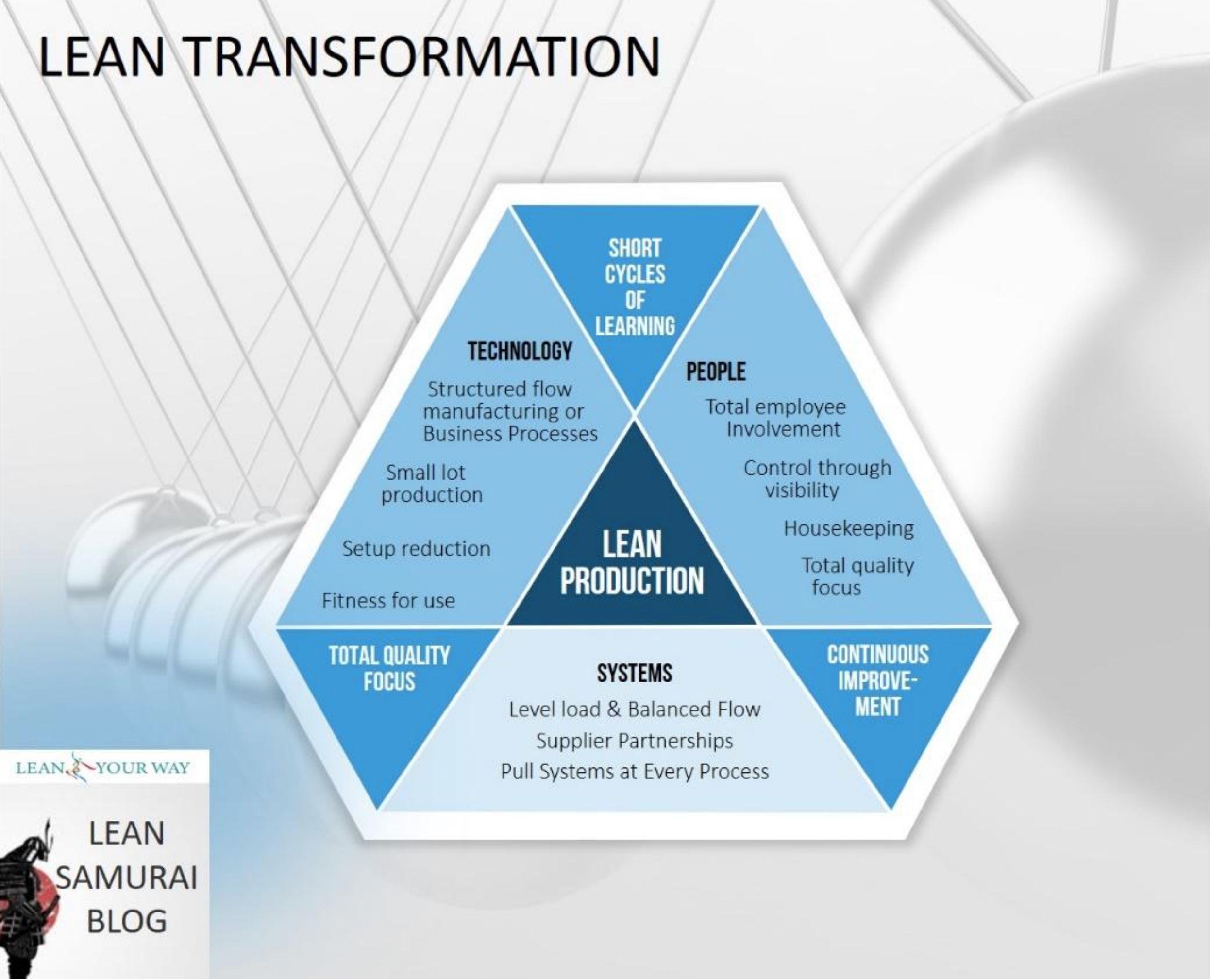“Show me someone who has done something worthwhile, and I’ll show you someone who has overcome adversity.“
– Lou Holtz
Remember survival of the fittest. If you are leading a race that never ends one of two things will happen. You will continue to learn and implement faster than the competition or you will fall behind. Those that cannot change their minds cannot change anything about themselves or team or an organization. Life is all about change, every minute, the cells in our own bodies change for the better or we die, based on our DNA. This is the same of every organizations’ DNA in this New Millennium.
In other Blogs, I have mentioned the aspects of ‘Lead & Drive’ vs. “Review & Control’ but have not expanded on the terms. Let’s start with Peter Drucker’s definition of the difference between efficiency and effectiveness. Efficiency is getting things done; effectiveness is getting the right things done.
Review & Control
In a “review and control” mode, a Lean CEO may attend many meetings where progress is reported, accomplishments discussed and sometimes issues, and barriers are surfaced. The review and control executive absorbs this information with little comment or active direction. He or she may approve the plans, budgets and ideas but still maintain a passive role. Quite often, any issues brought forward are rescheduled to a later time where the Lean CEO will reconvene the Lean team to hear how they have solved the dilemma.
Lead & Drive
A lead and drive role are much more proactive in nature. The Lean CEO uses the meeting forum to influence or direct the enterprise in the direction he or she wishes it to go based on the overall vision for enacting the lean transformation. To be effective at leading and driving, the Lean CEO needs to prepare well and chose the right moments for intervention. Lead and drive do not imply that the Lean CEO is responsible for the meeting content or management of the meeting, it means that he or she chooses moments to provide the living embodiment of the vision.
Style Independence
It really doesn’t matter what style the CEO prefers. A mild-mannered but persistent question can be just as effective as a strong edict, depending on the circumstances. In fact, a Lean CEO must display many styles based on the situation, topic under discussion, and who is in the meeting. The ultimate objective the Lean CEO wants to achieve and the current situation determine style. So, no one style will carry the day in all situations.
Knowing your natural style though is important. We all have preferred styles and tend to react in somewhat predictable ways in recurring situations. Recognizing this and validating that your responses are appropriate and trying new styles will stretch your comfort zone and make you a better manager.
Focus
Personally, I prefer a 3 x 5 card with keywords on it that I can refer to during each meeting and ask myself silently; is the meeting achieving these objectives? If not, why not and what can I do about it. Giving the executive staff a subset of these ‘trigger’ words customized for their department is a good way to help them focus on key issues. Developing the ‘trigger cards’ in an executive team meeting provides even sharper focus!
‘When the whole team walks the same talk the total organization will respond’
What I mean by walking the talk is that your behaviors and decisions reflect your commitment to the vision and achievement of objectives that move the organization toward the vision. Likewise, the action of your managers will speak louder than their words or your words. Pronouncements will not cause new ways of working to be implemented. Your consistent actions and continued personal coaching will cause the changes you want.
The Clock is ALWAYS Ticking
The effective executive wears a permanent sense of urgency. Outside the walls of your company the competition is not sleeping. They are constantly looking for ways to beat you. Some of the most successful organizations eventually fail because they become complacent. An executive’s job is to maintain the sense of urgency for the entire organization.
It was Peter Drucker that said, “Nothing fails like success.” Let’s unpack that statement. Your past successes are fleeting moments of celebration. You are only temporarily in the lead. If your competitive ‘engine’ runs out of gas or breaks, the lead changes hands and your position in the field may be demoted as fast as a race car that has run out of fuel.
Company campus environments are sometimes the ‘invisible enemy’. Employees within this guarded environment feel safe and secure; it’s easy to continue to hold on to old unchallenged beliefs. The Lean CEO must therefore transform ‘safe and secure’ into a challenging and continuously improving culture where the best is always yet to come.
“Good, better, best.
Never let it rest.
Until the good is better,
and the Good is Great.”
On Parade
The executive officer is always ‘on parade’. Tones, body language and emphasis are constantly observed and interpreted. Like it or not you live in an extended glass house. Employees see you the most often. Customers, suppliers, stock analysts and news people also see you. Everyone is an informal expert at reading body language. The only way you can be consistent is to believe 100% in your plan, live your plan, and take every available opportunity to ‘sell’ your plan!
Wrap Up
Review and control are supervisory behavior. Leading and driving brings you to life in every situation that you have an opportunity to ‘sell’ your vision and ‘sell’ your way of getting the job done for your company. Your energy will swell as you energize your people, customers and even the analysts and media. Leading and driving requires that you be on top of results and programs to control the drivers of results. When you detect that something is awry, or someone is not driving the results you want, you must be ready to act on the spot. Deferring the decision to a later date is an immediate admission that achieving the results you say you want are not an urgent matter.
Continuously challenge past success, yours and everyone’s. Celebrate the achievements, bask momentarily in the glow of today’s success, pause and renew the team’s energy in making good even better. If the only news you get is from infield advisors and close staff, you are receiving mostly good news and are in for a reality jolt at some point. Get out and mix it up with the first line managers, the workforce at large and especially with customers. Ask for and listen for all the news. Use ALL the news to shape the coaching and enterprise wide solutions you need to move forward.
I Implement Lean Manufacturing for Any Sized Project and AT Any Budget
If your organization can benefit from my expertise in assessing corporate culture, navigating organizational dynamics, and translating corporate strategies into tangible results for sustainable change, then you’ve come to the right place. I welcome the opportunity to get in touch for a preliminary analysis of your situation.



0 Comments